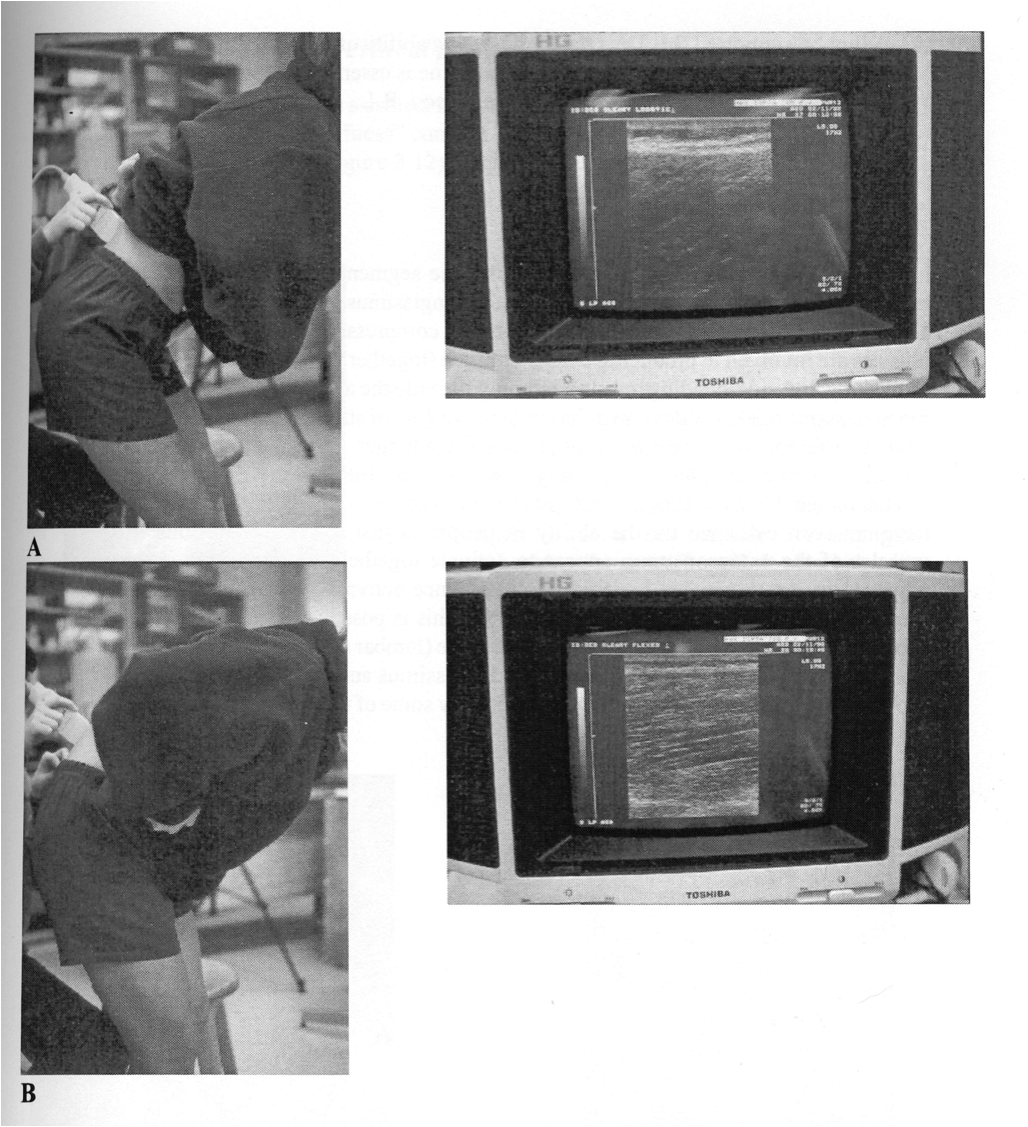The Lumbar Lordosis and Pelvic Stabilization Exercises
We had an inquiry regarding maintenance of the lumbar lordosis during exercise: Do you keep the spine flexed or in a “neutral” posture?
Here was our response:“A decreased lumbar lordosis increases shear forces in the lumbar spine, as the plane of the multifidus and rototores with lumbar flexion become more parallel with the lumbar spine (see above: from McGill). This changes the angle of insertion of the muscles and they cannot stop the forward movement of the vertebrae, creating shear, which can be damaging to the discs. If they are experiencing pain during an exercise with increased flexion, that may indicate discogenic pain, poor stabilization or both.
Placing the spine in too much extension will cause the facet joints to bear too much weight (normally they are to bear approximately 20%: Kirkaldy Willis) resulting in facet irritation. If they are experiencing pain during an exercise with increased extension, that may indicate a facet issue or poor stabilization (or both).
We would emphasize that the patient needs to be in a NEUTRAL spine, not necessarily extension. Exercises should be minimized to a pain free range of motion or removed from their rehab program until they are able to perform the motion competently and in a pain free range.
Sometimes , patients need to “slow down” and though they are anxious to proceed, we must make sure they have adequate stabilization and appropriate technique.”
The Gait Guys. Giving you the facts and the info you need to make great decisions.

















